Companies invest thousands of dollars when they want to redesign their website, hoping that a more attractive design will lead to more revenue. But does it really matter? Is simplicity more important than eloquent design? Where do you draw the line between simplicity and overkill? What really matters to users? While the ‘wow factor’ may leave a positive impression on investors, banks and even prospects, does it lead to more sales?
A minimalist site design like Wimp gets 4 million unique visitors a month and at its peak this past year reached 8 million uniques a month.
So is simplicity the key? Or does a crowded website with lots of information on each page work the best?
According to studies cited by usability.gov, having a credible looking website scored a 4 out of 5 on the relative importance scale. While it’s difficult to know for sure if good design means more revenue, we do know a few key design principles to keep in mind when designing a site.
In this post I’ll explore professional research that can potentially offer insights into what priorities a business should have on its web design. I’ll be addressing the common questions that many website owners have and attempt to offer tangible solutions.
What Can I Do To Improve My Websites Credibility?
Research shows that a credible website is key. Here are a few things you can do to ensure your websites credibility, as taken from usability.gov.
- Provide a useful set of frequently asked questions (FAQ) and answers;
- Ensure the Web site is arranged in a logical way;
- Provide articles containing citations and references;
- Show author’s credentials;
- Ensure the site looks professionally designed;
- Provide an archive of past content (where appropriate);
- Ensure the site is as up-to-date as possible;
- Provide links to outside sources and materials; and
- Ensure the site is frequently linked to by other credible sites.
How Important Is An Uncluttered Website?
Having an uncluttered design is crucial if you want to make your website appear professional. Making it clean does appear to be an important characteristic for websites. Furthermore, it’s important to be consistent with where you keep your important items. Users who know where certain items are on your page(s) will be better able to use your website, thus improving web usability. Make use of navigation tabs and keep them in the same location on every page. Having a consistent website is key.
Here’s an example of a crowded site with too much to look at:
I counted the links above the fold and there are 49 links available to click on. If you include the drop down menu links, there are 135 links total; and this is just above the fold. Factor in all the different colors on the site as well and you can see why it’s poor design.
Here’s what good design looks like:
Their users are given the choice of 15 links to click on the entire page. They feature beautiful images of their product in action, have a call-to-action and a clearly defined goal that they want. They want users to fill out those three forms and sign up. Under the fold, links are faded out until you move your mouse around them.
Ask yourself: which site looks more credible? Which one are you more likely to give your credit card to? While this is an extreme example, it illustrates the point that an uncluttered, clean design is important.
Is Helping Users Compare Items Important?
There is strong evidence that shows helping users compare products is important. This makes it easy for the user as they don’t have to be constantly going to different pages on your site and weighing the pros and cons of products and trying to remember which product has which feature. Let users check the items that they want to compare, or set it up yourself. A good example of this are the pricing pages that most SaaS companies have. Instead of setting up an entire page for each plan, they create their own table. See this example from 37signals Highrise product:
Online supplement retailer Bodybuilding.com lets users easily compare items by simply check marking a box. Here you view a line of products:
If I check the compare box, then go to another line of products:
Then if I click the compare button, it brings me to a nicely outlined page where I can compare the two products:
Try to do something similar with your site and see what kind of reception you get.
How Much White Space Should I Have?
There doesn’t appear to be a consensus, but as a guideline you should limit white space on pages that are used for scanning and searching. It’s important to have white space, just not so much white space that it makes the page long.
Are Pop-Ups Really That Annoying to Users?
Programmers made pop-up blockers for a reason – they’re annoying and interrupt usability. So on your site, it’s important to not just eliminate all pop-ups, but any annoying graphics that get in the way of users. Users surveyed have placed an emphasis on having a site with minimal distractions.
How Important is Good Content?
Good, useful content appears to be one of the most important factors for a website. Consider investing the time to write a company blog that produces great, actionable content. Be the thought leader in whatever industry you are in by actively participating on Facebook and Twitter. By acting as a thought leader, people will come to you for advice or when they are looking for something in your market.
The key here is to use practical advice that people can use. Writing about your latest family vacation on the company blog will do nothing. Similarly, writing useless content that have no takeaways may harm your business, as your company blog is a direct reflection on your company and the products you sell. If you do start a blog, keep it updated regularly. A blog post once every few months will show you started something but didn’t commit to it. Finally, if possible cite research articles in those posts.
We recently published an article entitled: 44 content marketing resources that covers this particular topic quite thoroughly.
How Can I Make Sure That My Site Meets User’s Expectations?
The importance of having a usable site can’t be understated. Hubspot did a survey that showed 76% of people say the most important characteristic of a website is ease of use. A usable website can be a competitive advantage and get you more revenue. Or it can cost you customers and money. After all, why would a customer deal with a frustrating site when a competitor has an easier site that is painless to use? An easy to use site can enhance the user’s productivity and let them get tasks done quicker.
It’s important to constantly gather feedback from potential and current customers. There are good tools like User Testing that can provide visitor feedback. You may also want to try Avinash Kaushik’s survey questions and use a tool like Qualaroo. All of these can help gather feedback from users so you can understand how usable your site is. It’s not a onetime investment, but something that should be continuously monitored throughout the lifetime of your website.
Before you do any of that, set usability goals and what success would look like. Set goals for how long it should take a user to find something on your site or satisfaction rate.
How Do I Know if my Website Has Good Design and If It’s Usable?
You can’t just go by your own opinion, you need users opinion. There are lots of tools that you can use, but here are a few popular ones that are recommended by most people:
- As mentioned, using a tool like User Testing is key. It can help identify the problems that people have with your website so you can understand what needs to be fixed.
- Google Analytics is a must for any website. It can provide bounce rate, time on site, referral traffic and a number of other insights that can you help optimize your site.
- If you have a video on your landing page, you may want to consider using premium video hosting if the budget allows. Premium video hosting provides analytics so you can see the effectiveness of your video. Wistia and Vidyard are two popular providers.
Site design is important. How important it is likely varies across demographics. What doesn’t vary, however, is usability. Testing isn’t a one time a event, but part of the culture at data driven companies. Be sure that you’re using the right tools and testing continuously.
Does an attractive design lead to more sales?
The answer is yes and no. In general, improving your website design leads to more sales. But only when improvement means setting your sights on increasing sales. It’s imperative that you start with that goal in mind.
But this can only happen when you:
- Get customer insights by conducting surveys, getting user feedback and analyzing potential user pitfalls.
- Perform tests designed to increase your business goals and objectives.
- Perform constant iteration. Continue to get user feedback and never stop testing.
Ultimately you may find that de-cluttering your site improves your website usability and aesthetics simultaneously. Or in other cases, an improved “look” may increase the trustworthiness of your site and cause more people to do business through your website.
If your current website design is causing you some concern, then take a second to pause and take a step back. Before you go hire a design firm to do some “beautification” work, first lay out what your business goals are, implement some testing tools and a testing process, and THEN find a design team that understands what you’re really after.
About the Author: Zach Bulygo is a content writer, you can follow him on Twitter @zachcb1.

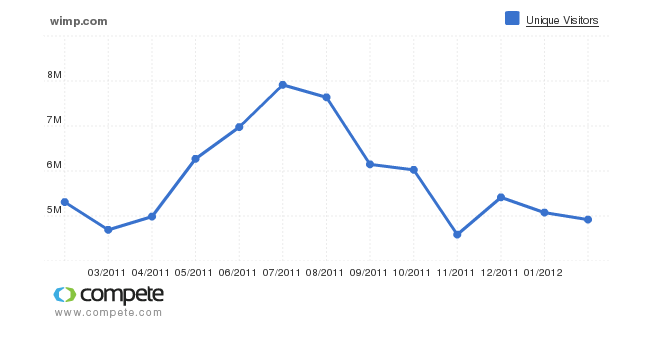

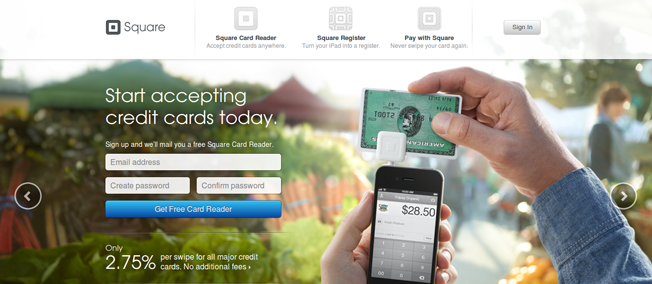

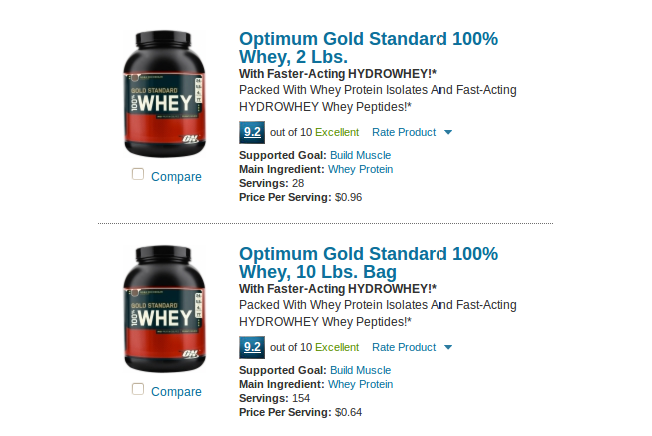
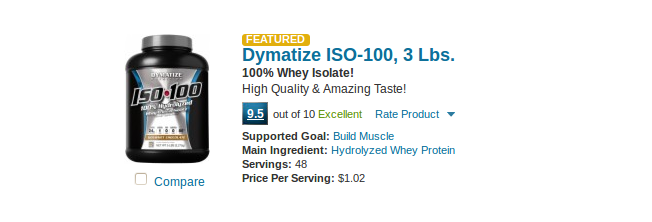
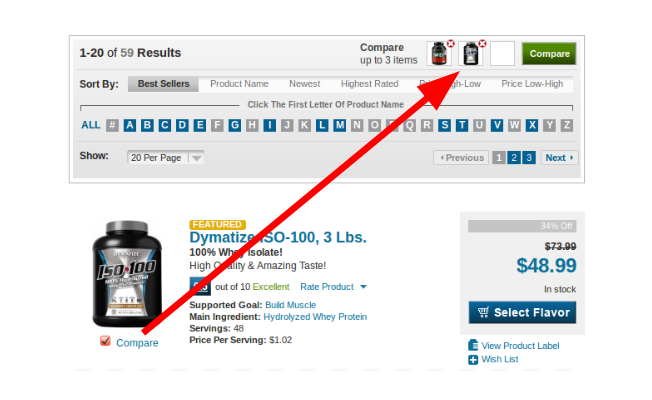
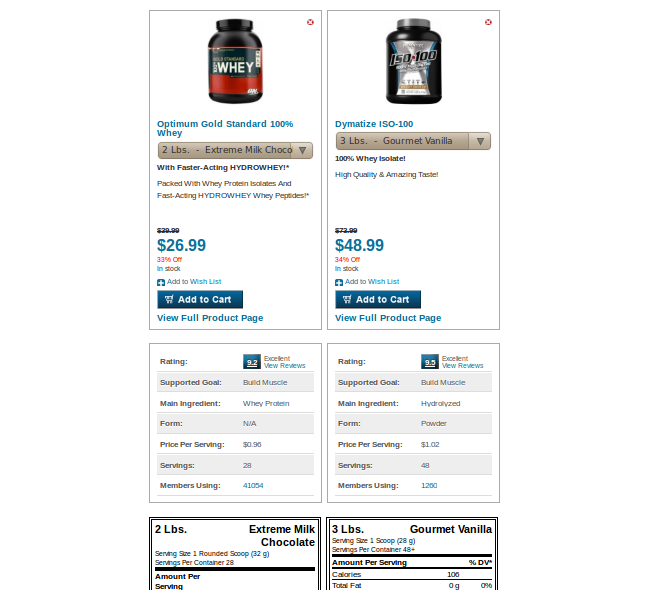
Comments (9)